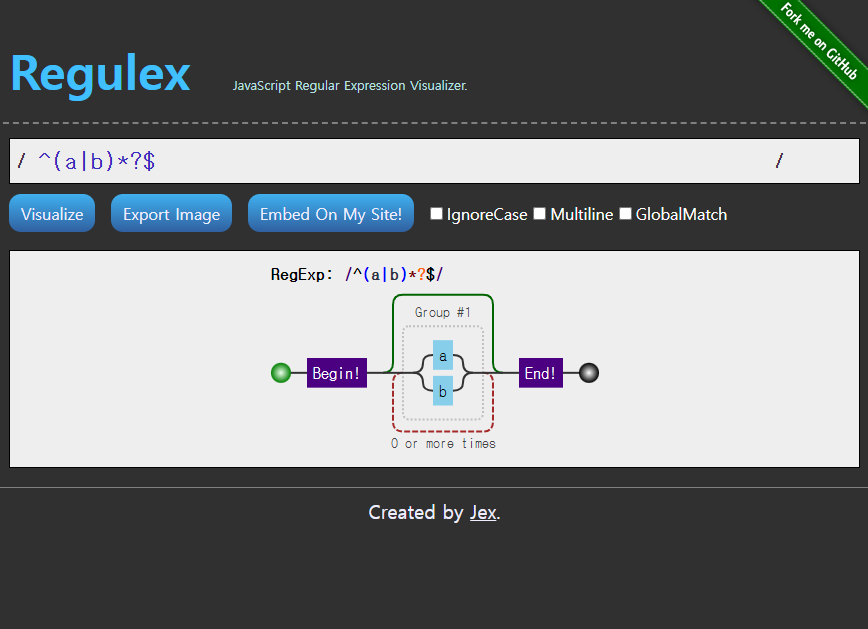DevDocs
Fast, offline, and free documentation browser for developers. Search 100+ docs in one web app including HTML, CSS, JavaScript, PHP, Ruby, Python, Go, C, C++, and many more.
devdocs.io
DevDocs는 여러 API 문서를 빠르고 체계적이며 검색 가능한 인터페이스로 결합합니다. 시작하기 전에 알아야 할 사항은 다음과 같습니다.
- 기본 설정을 열어 더 많은 문서를 활성화하고 UI를 맞춤설정하세요.
- 마우스를 사용할 필요가 없습니다. 키보드 단축키 목록을 참조하세요 .
- 검색은 퍼지 일치를 지원합니다(예: "bgcp"는 "Background-clip"을 나타냄).
- 특정 문서를 검색하려면 해당 이름(또는 약어)을 입력한 다음 Tab을 누르세요.
- 브라우저의 주소 표시줄을 사용하여 검색할 수 있습니다. 방법을 알아보세요 .
- DevDocs는 오프라인 , 모바일에서 작동하며 웹 앱으로 설치할 수 있습니다.
- 최신 뉴스를 보려면 @DevDocs를 팔로우하세요 .
- DevDocs는 무료이며 오픈 소스 입니다 .
- 코딩이 처음이라면 freeCodeCamp의 오픈 소스 커리큘럼을 확인하세요 .

'프로그래밍' 카테고리의 다른 글
| 7 Unnecessary VSCode Extensions You Should Uninstall Now (0) | 2023.08.29 |
|---|---|
| [VSCODE] Ctrl + P : 파일 찾기 (0) | 2023.08.23 |
| 학사 신입 연봉 - 2022년 기준 (0) | 2023.08.22 |
| Github Readme.md Badge 만들기 (0) | 2023.08.17 |
| 영타 타자 연습 - https://www.speedcoder.net/ (0) | 2023.07.19 |







